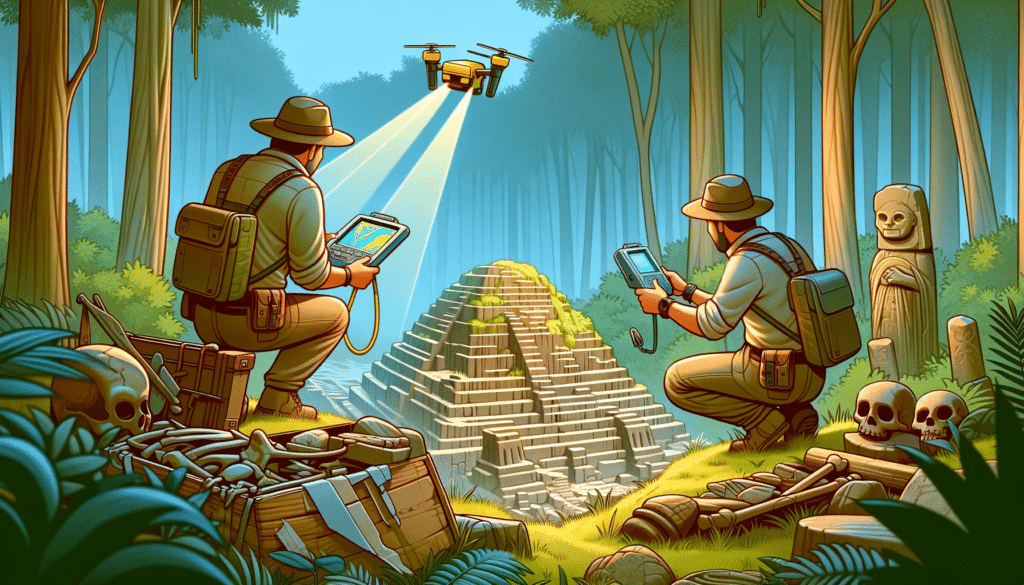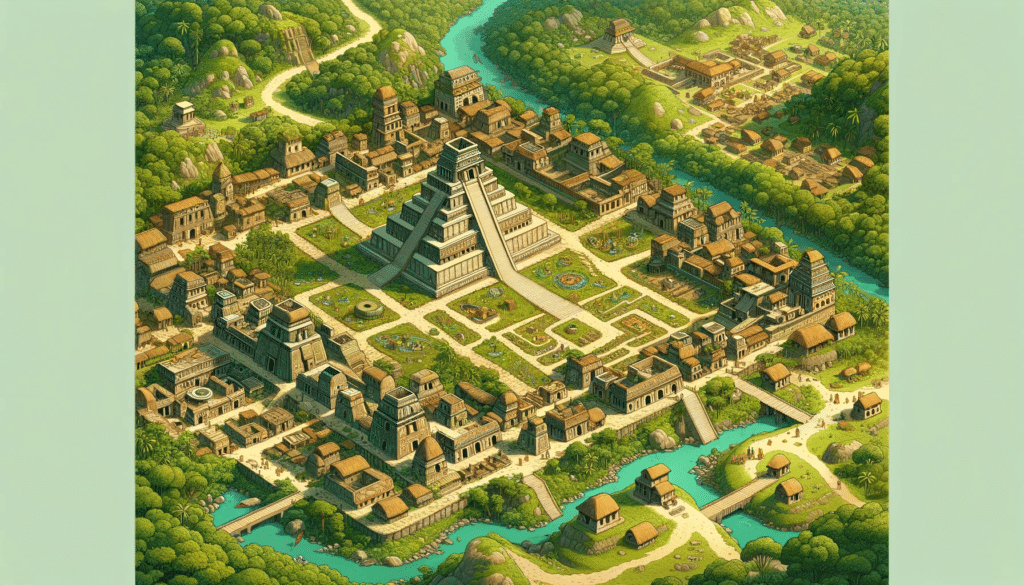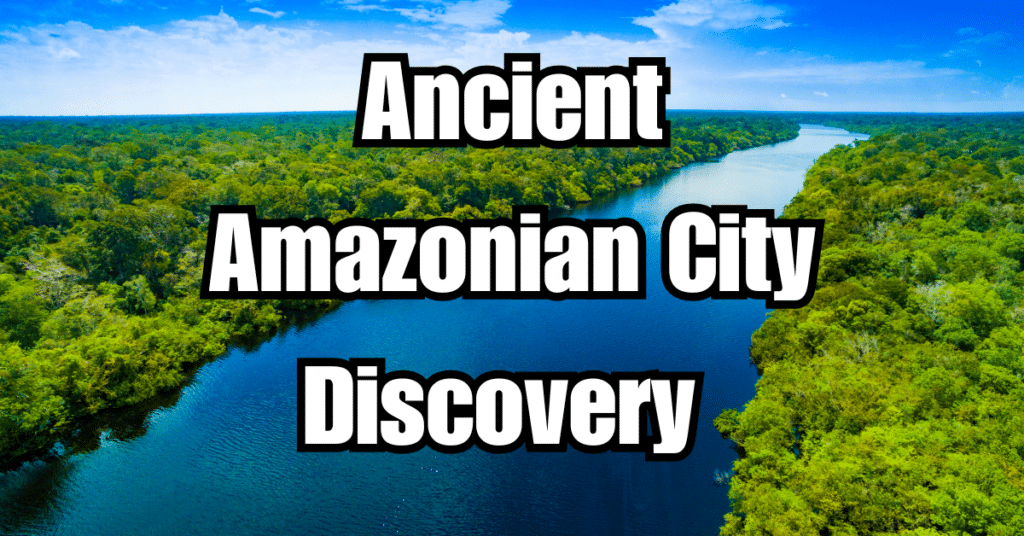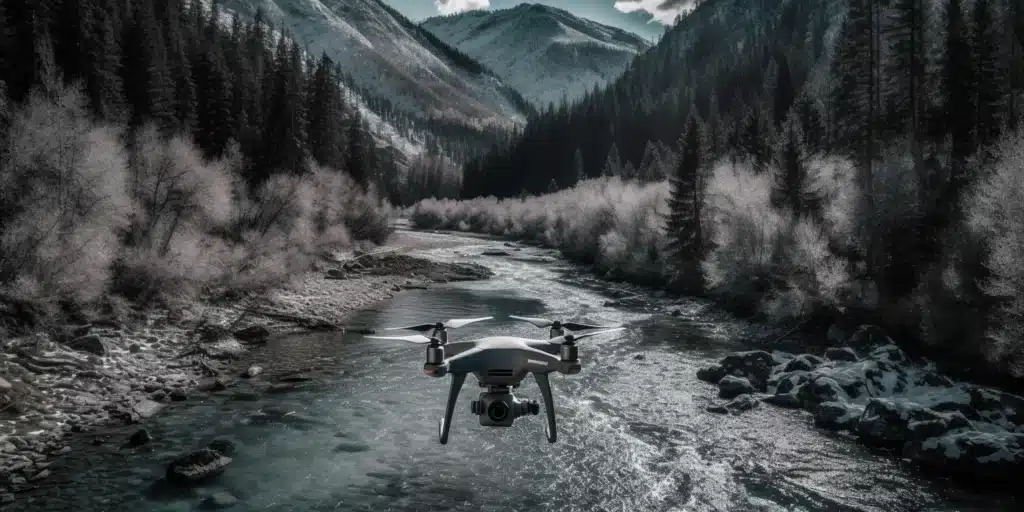The discovery of a vast, ancient city hidden for millennia beneath the Amazon’s lush vegetation has revolutionized our understanding of the region’s history. Using LiDAR technology, researchers uncovered an extensive urban network, challenging long-held beliefs about Amazonian civilizations. This article explores this remarkable find in Eastern Ecuador, highlighting how LiDAR technology is reshaping our perceptions of ancient societies.
Key Takeaways
- The recent discovery in Eastern Ecuador using LiDAR reveals a sophisticated ancient city, contradicting beliefs about Amazonian civilizations being simplistic.
- LiDAR technology provides detailed 3D images of terrain, crucial for uncovering hidden structures in dense areas like the Amazon.
- The finding in Ecuador includes over 6,000 structures with intricate urban planning, roads, and canals, showcasing advanced engineering.
- LiDAR’s application in archaeology worldwide has led to significant discoveries, like revealing hidden details of Angkor Wat and new structures in Petra.
- These discoveries emphasize LiDAR’s role in transforming our understanding of historical landscapes and ancient civilizations.

The Discovery of the Ancient City
Unveiling a Lost Civilization in the Amazon
The revelation of a grand, ancient city in Eastern Ecuador, as unveiled by LiDAR, represents a historic shift in our understanding of the Amazon. This discovery showcases an intricate network of over 6,000 structures, including residential areas, ceremonial sites, and significant complexes, suggesting a highly sophisticated civilization.
Architectural Marvels and Urban Complexity
- Structural Layout: The city’s design reflects advanced urban planning, featuring a network of roads and canals, and well-arranged residential and communal spaces.
- Ceremonial Sites: Evidence of large platforms and plazas indicates areas likely used for ceremonies or public gatherings.
Role of LiDAR in Archaeological Discoveries
LiDAR’s breakthrough in revealing the hidden city underscores its value in archaeology, especially in terrain like the dense Amazon forest.
How LiDAR Transformed Exploration
- Penetrating the Dense Canopy: LiDAR’s ability to provide clear images beneath thick vegetation brought this hidden civilization to light.
- Accurate Mapping: The technology created precise 3D maps, detailing the city’s layout and the extent of its development.
LiDAR Versus Traditional Methods
| Feature | LiDAR Technology | Traditional Archaeology |
|---|---|---|
| Terrain Analysis | 3D mapping revealing hidden structures | Limited to visible features |
| Efficiency | Rapid and extensive area coverage | Time-consuming and labor-intensive |
| Detail and Accuracy | High-resolution imagery providing detailed insights | Often less detailed, reliant on physical excavation |
| Environmental Impact | Non-invasive approach preserving site integrity | Can be invasive, altering archaeological contexts |
The use of LiDAR in uncovering this ancient Amazonian civilization has not only rewritten chapters of history but also set a new standard in archaeological exploration, demonstrating how technology can unveil secrets of the past hidden for millennia.

Implications of the Discovery
Rethinking Amazonian History
This groundbreaking discovery in the Amazon, facilitated by LiDAR, compels us to reevaluate our understanding of ancient civilizations in the region. The existence of such a complex urban landscape, hidden for centuries, contradicts the long-held belief that the Amazon was primarily inhabited by nomadic tribes or small settlements.
Cultural and Historical Significance
- Revising Historical Narratives: The discovery sheds new light on the societal structures and cultural sophistication of ancient Amazonian civilizations.
- Insights into Urban Development: The intricate network of roads and canals reveals a high level of urban planning and engineering prowess.
Broader Implications for Archaeology
- Changing Archaeological Perspectives: This finding highlights the need for incorporating advanced technologies like LiDAR in archaeological research, especially in regions where traditional excavation methods are challenging.
- Inspiring Future Explorations: The success of this discovery in the Amazon could pave the way for similar explorations in other densely forested or inaccessible regions around the world.
The uncovering of this ancient civilization not only adds a significant chapter to the history of the Americas but also illustrates the untapped potential of modern technology in unearthing the mysteries of our past.

LiDAR in Archaeology: Unveiling Lost Civilizations Worldwide
The use of LiDAR technology in archaeology has led to remarkable discoveries beyond the Amazonian civilization. This section explores other instances where LiDAR has been pivotal in uncovering ancient societies and settlements across the globe.
Rediscovering Hidden Historical Sites
- Angkor Wat, Cambodia: LiDAR revealed a complex urban and agricultural landscape around the medieval temples, changing our understanding of the Khmer Empire.
- Petra, Jordan: LiDAR exposed architectural details and previously unknown structures around the ancient city.
- Mayan Civilization, Central America: Extensive LiDAR surveys have uncovered thousands of Mayan structures hidden under jungle canopy, reshaping our knowledge of Mayan society and its reach.
Global Impact of LiDAR in Archaeological Research
- Enhancing Historical Understanding: These discoveries have provided new insights into the societal structures, urban planning, and cultural practices of ancient civilizations.
- Guiding Future Archaeological Excursions: LiDAR’s success in various parts of the world encourages its continued use in exploring other undiscovered historical sites.
The ability of LiDAR to transcend barriers such as dense vegetation and inaccessible terrain has revolutionized archaeological exploration, proving it as an indispensable tool in the quest to understand our shared human history.
The uncovering of this ancient Amazonian civilization using LiDAR technology marks a significant milestone in archaeological research. It not only challenges our previous notions about the Amazon but also showcases the power of modern technology in revealing the secrets of our past. For further exploration of LiDAR technology and its applications, visit Blue Falcon Aerial’s comprehensive guide. If you are seeking advanced LiDAR-equipped drone services for archaeological or other purposes, contact Blue Falcon Aerial to discover how this technology can enhance your projects.




